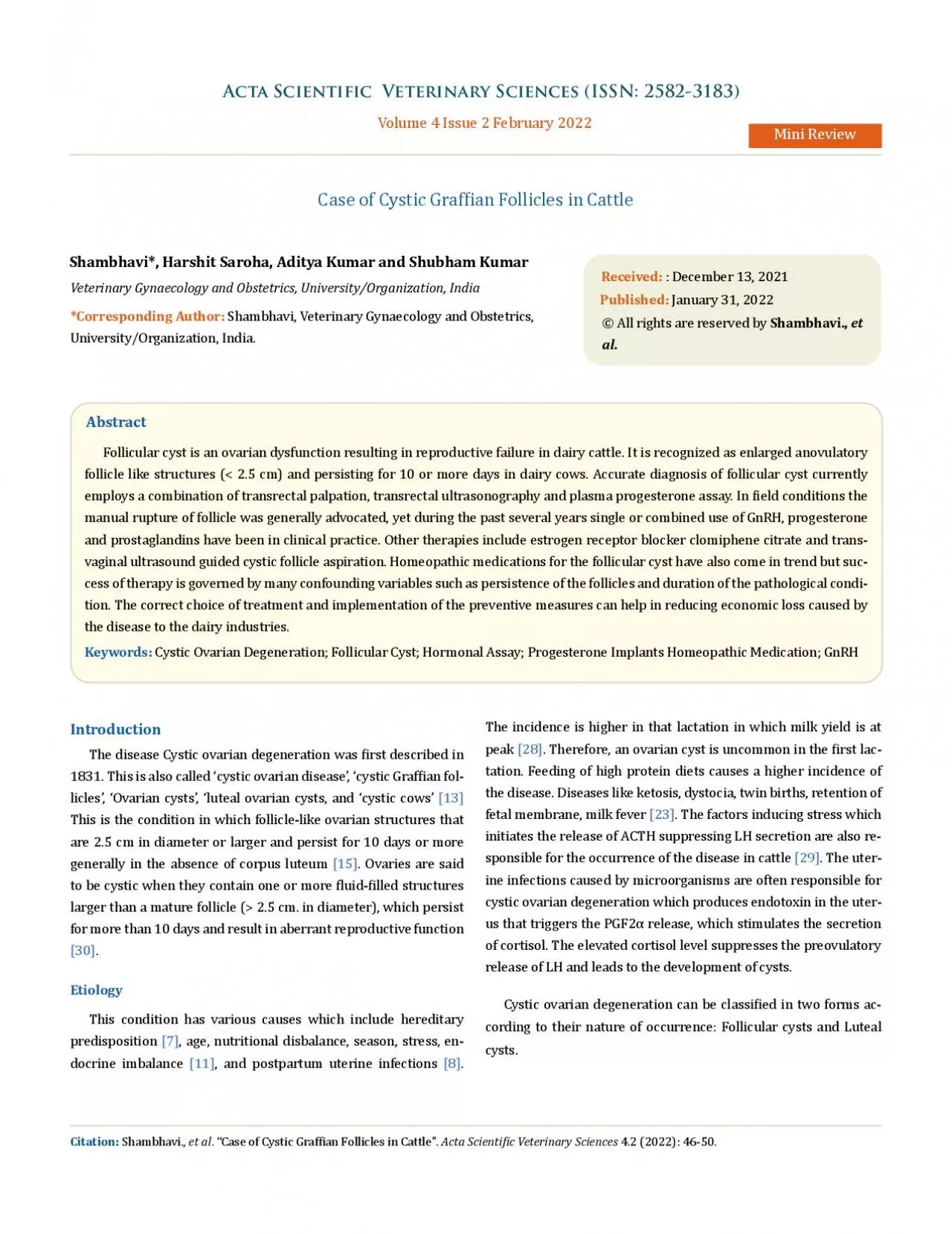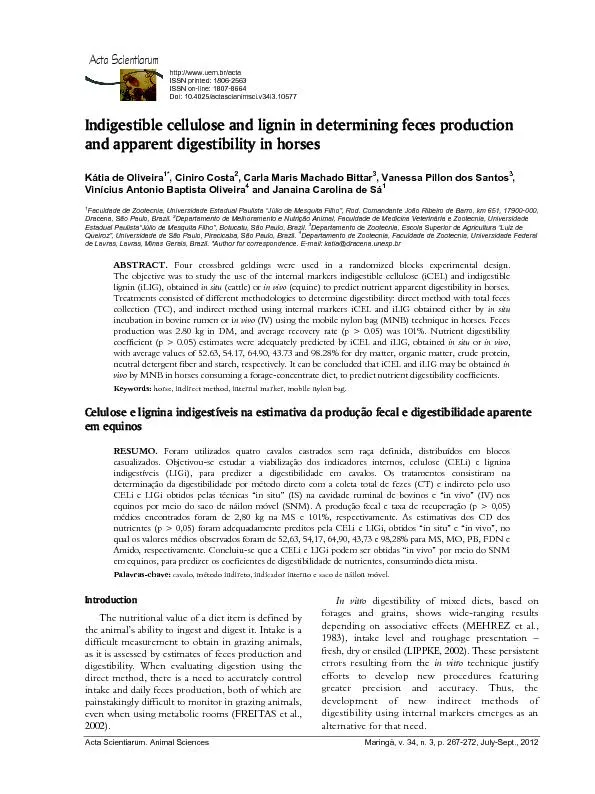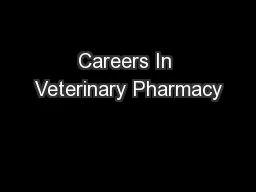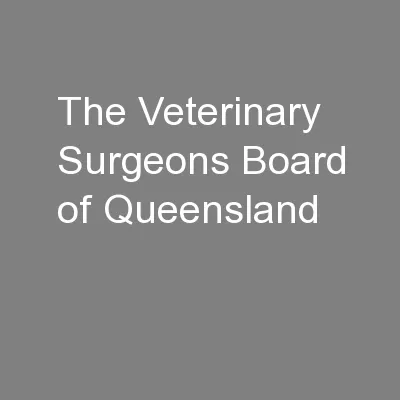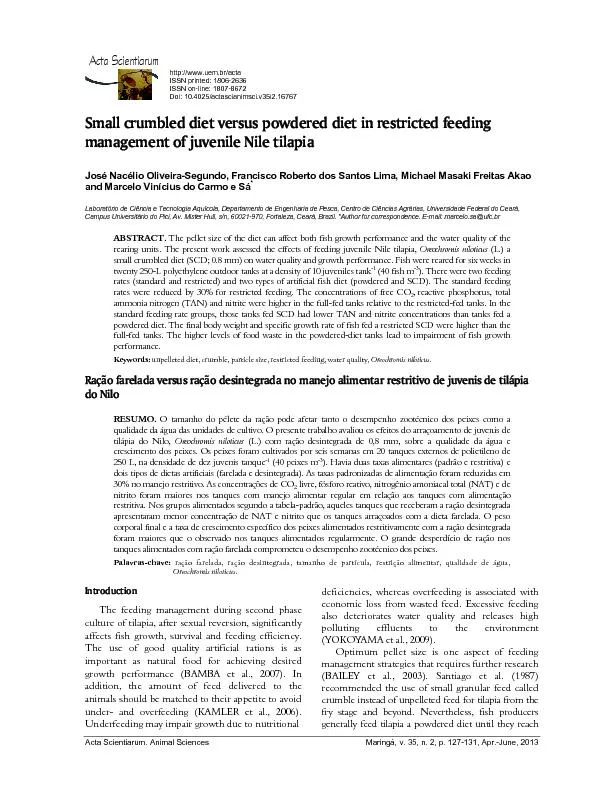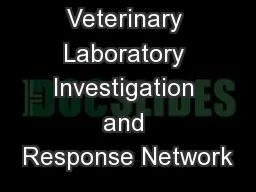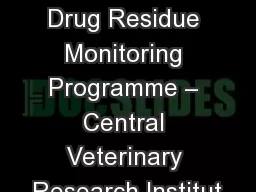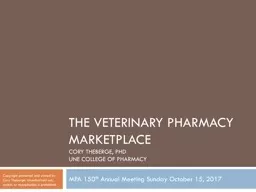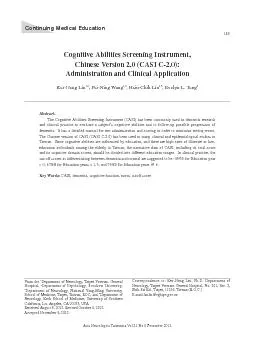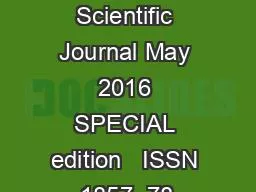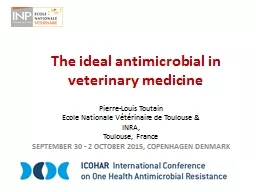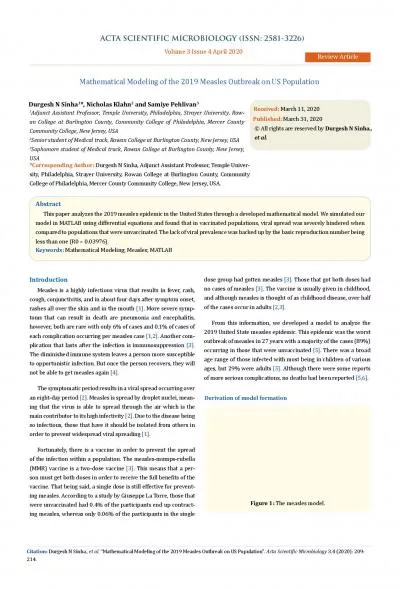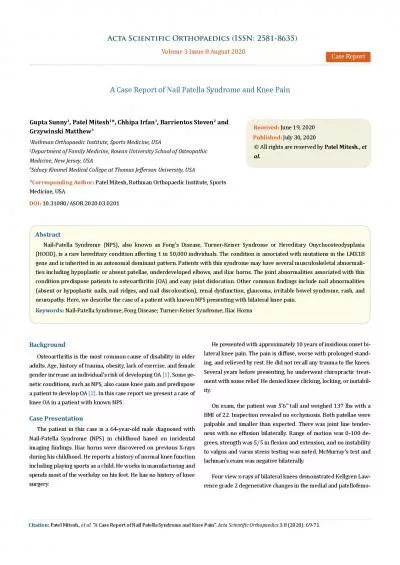PDF-Acta Scientific Veterinary Sciences ISSN 25823183 Volume 4 Is
Author : maisie | Published Date : 2022-08-26
Mini Review Received AbstractFollicular cyst is an ovarian dysfunction resulting in reproductive failure in dairy cattle It is recognized as enlarged anovulatory
Presentation Embed Code
Download Presentation
Download Presentation The PPT/PDF document "Acta Scientific Veterinary Sciences ISS..." is the property of its rightful owner. Permission is granted to download and print the materials on this website for personal, non-commercial use only, and to display it on your personal computer provided you do not modify the materials and that you retain all copyright notices contained in the materials. By downloading content from our website, you accept the terms of this agreement.
Acta Scientific Veterinary Sciences ISSN 25823183 Volume 4 Is: Transcript
Download Rules Of Document
"Acta Scientific Veterinary Sciences ISSN 25823183 Volume 4 Is"The content belongs to its owner. You may download and print it for personal use, without modification, and keep all copyright notices. By downloading, you agree to these terms.
Related Documents

